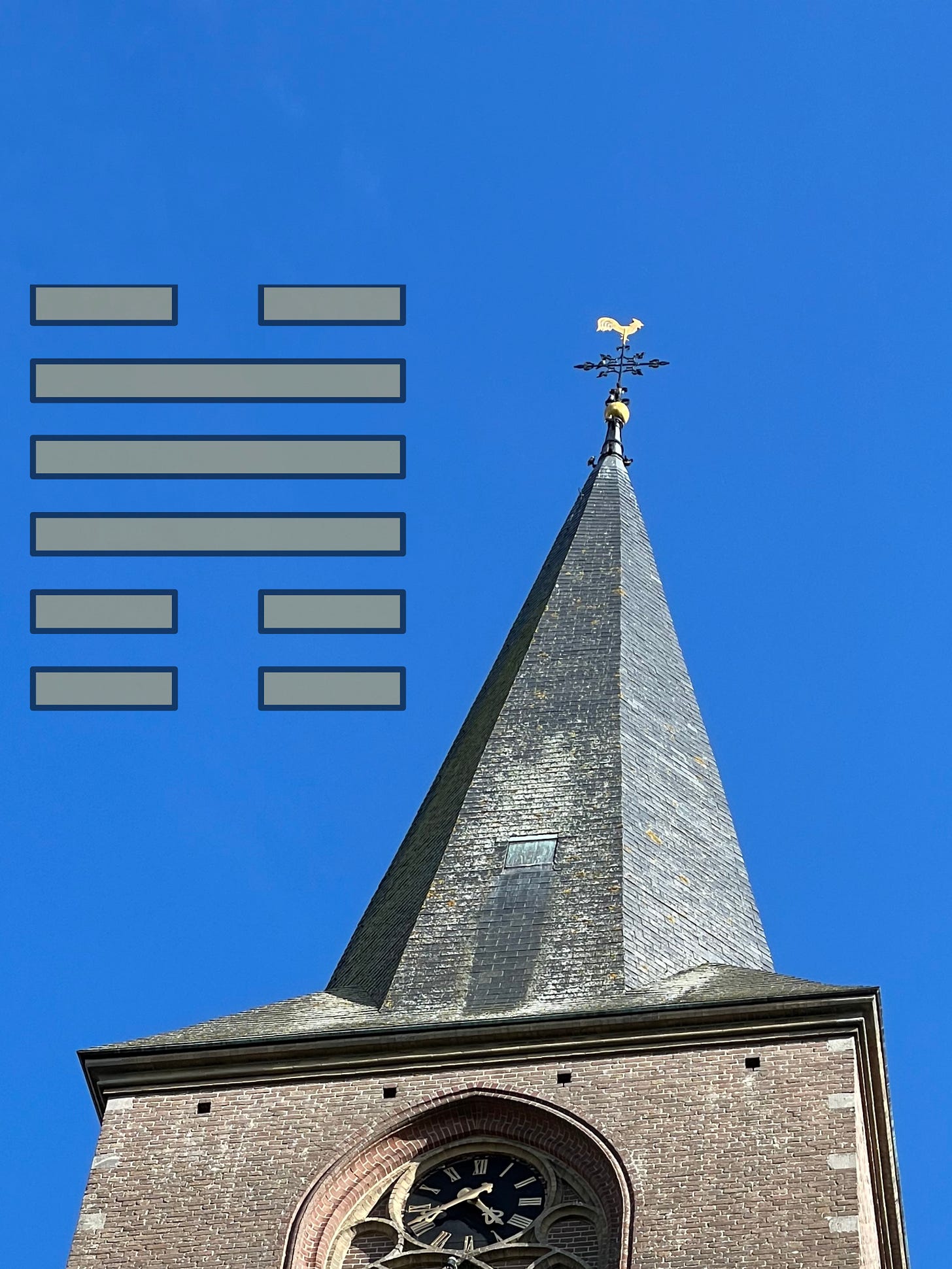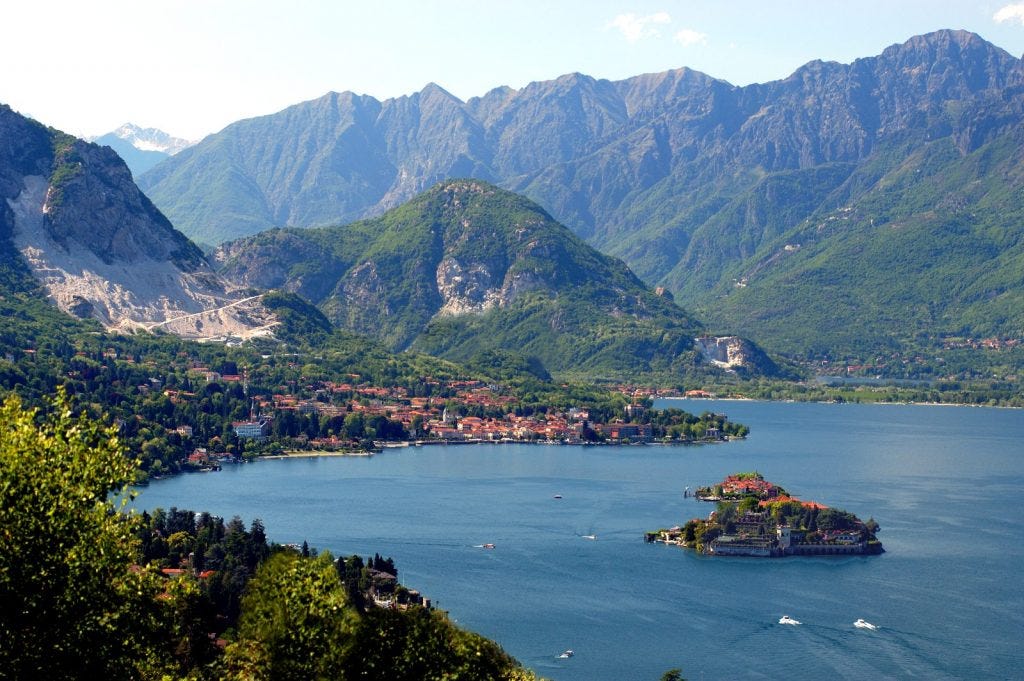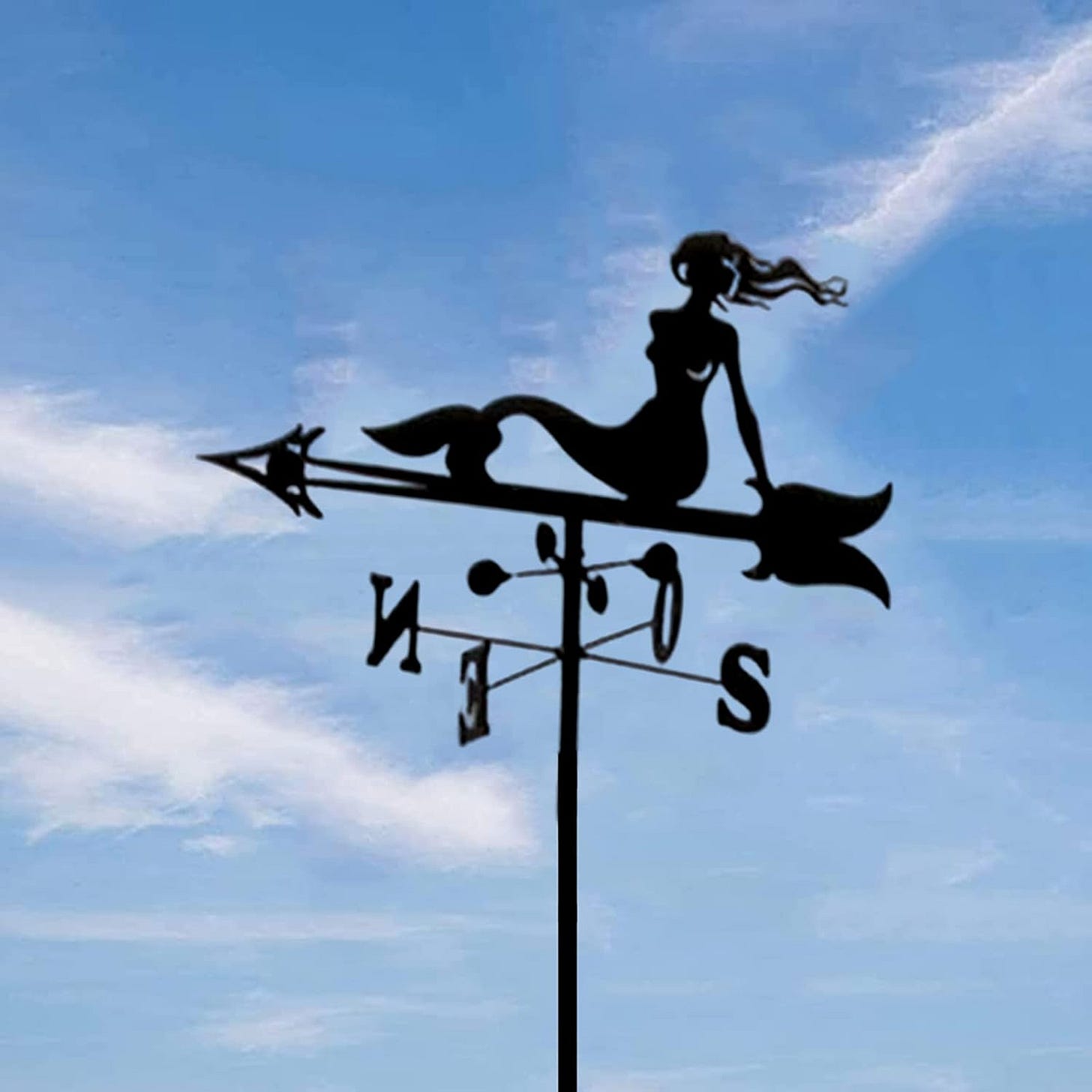THE IMAGE: above the Lake, below the Mountain. Could two things be more different than a lake and a mountain? One is the epitome of immobility and seriousness, the other cheerfully reflective. One towers above everything and everyone, the other lies hidden in the shade and shelter of the valley. A massive stone mass opposite transparent, rippling water. A hill next to a hollow. The Mountain takes the position of the youngest son, the Lake that of the youngest daughter.
Differences between people are either innate or learned. They are embedded in the biology of gender or in the essence of the heart. However, differences only become apparent and are triggered by being together. The opposite is always attractive, the unknown irresistible. Place a mountain right next to a lake, and only then will you see that it is inevitable that the two will fall in love with each other.
Opposites attract. If two people just alike get married, one of you is unnecessary. – Larry Burkott
The second part of the Book of Change, chapters 31 to 64, describes the world of humans. It opens with a reflection on falling in love, mutual attraction and resonance. Am I understanding this correctly? Without them, would society immediately come to a standstill? Whereas in the first part of the book, life starts in chapter 3. Beginning, in the second part it begins in chapter 32. Mutual Attraction.
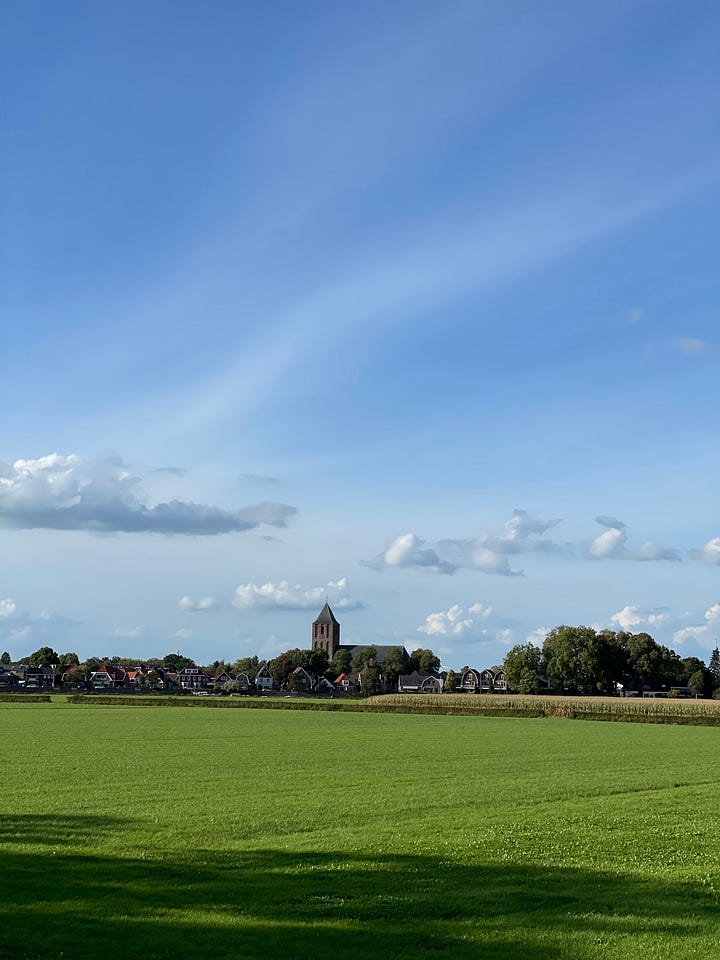
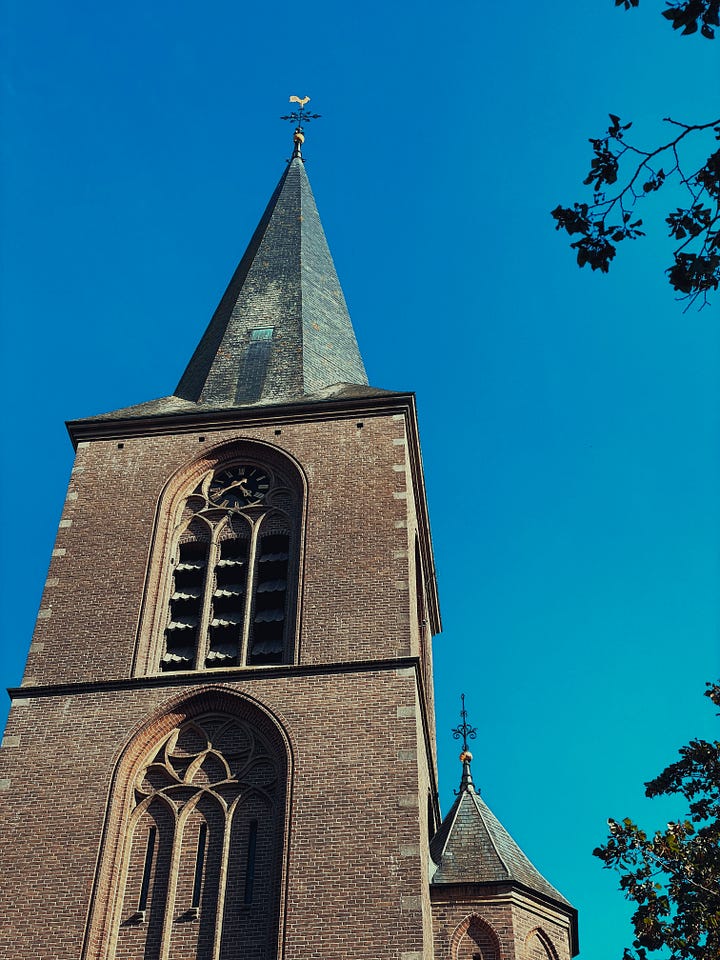
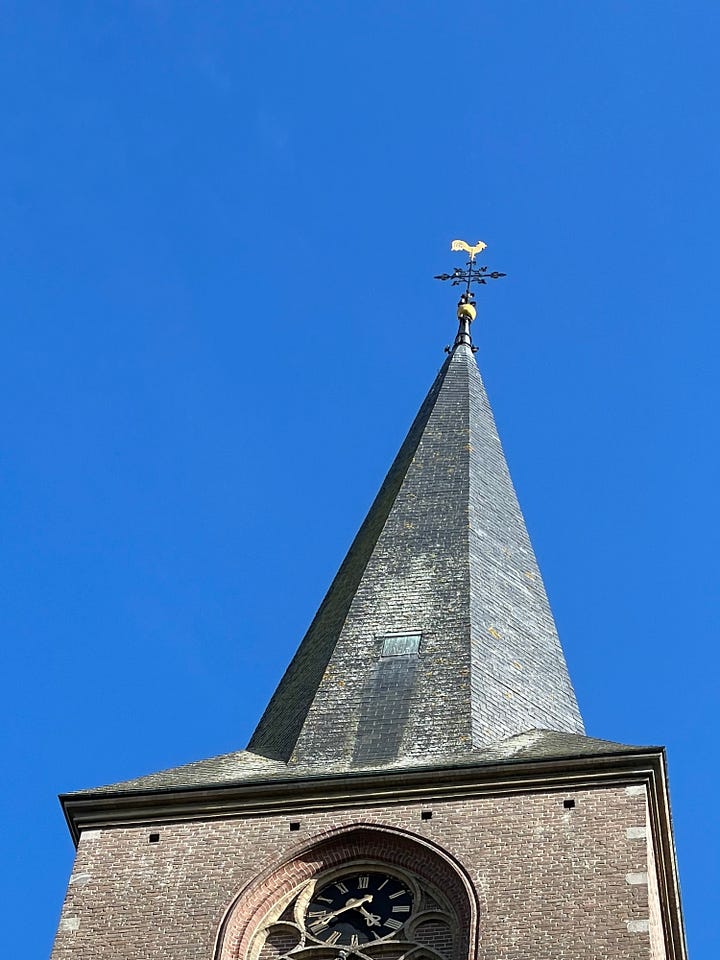
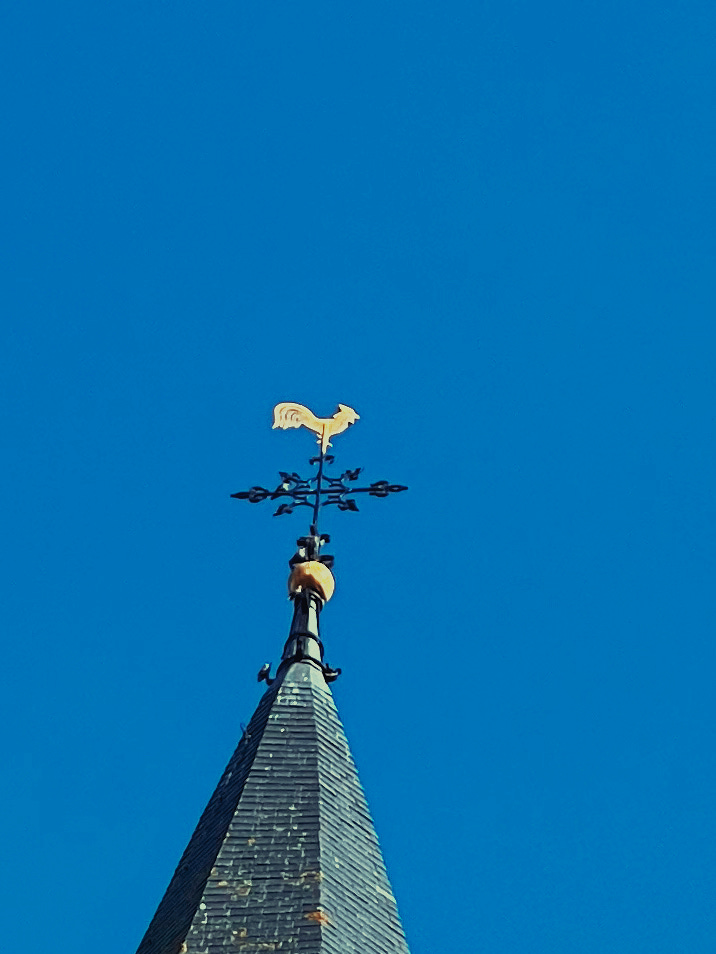
In the centre of our village stands the large church. A mountain of bricks, immovable, a beacon of faith and hope. At the top of the spire, a weather vane, gold, reflective, reacting to the slightest breeze. From below, the structure cannot be moved, but at the top it is ultimately flexible. If you want to stand your ground in a world of constant change, you would wish for this fine combination of qualities.
The weather vane in the shape of a rooster and its shiny gold do not evoke any associations with the Lake. I asked around and did some research myself to find out if there is a church with a mermaid weather vane in this area. That would make the perfect image for this chapter. So far, I haven't found one, but even a cockerel weather vane has a nervous sensitivity that contrasts sharply with the conservative earthiness of the church building.
And what if it is not the feminine, but the masculine that leads? What if the Mountain is above, and the Lake below, like Lake Maggiore or Lake Geneva at the foot of the Alps? Go to chapter 41. Decrease.
When the six lines of the hexagram are turned upside down, the image of chapter 32. Long Lasting appears. In it, the antics and compelling sentiment of infatuation have long since faded. What remains is the imperturbability of a mature relationship. Call it dullness, call it substance. Above is now Thunder, the eldest son, and below is Wind, the eldest daughter. The two young people have grown old together.
To be continued …


